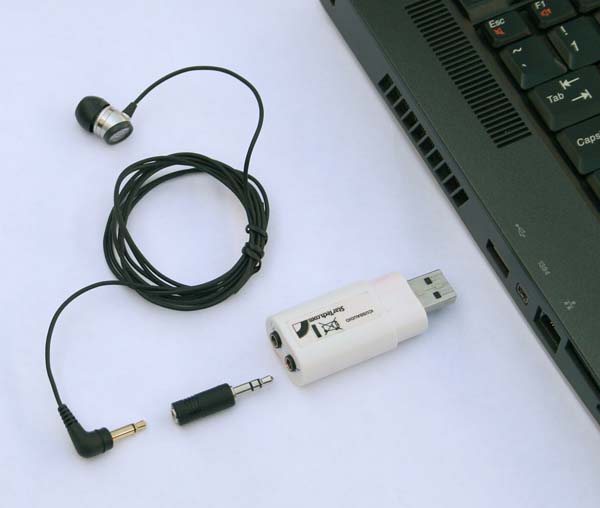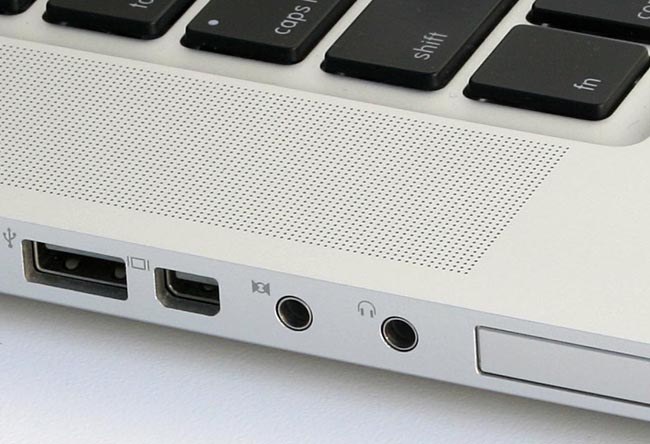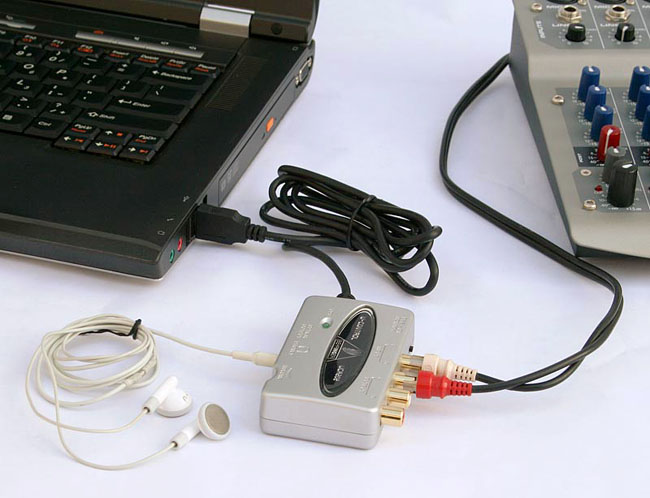Hey all,
First let me start off by saying that I’ve probably read 100 separate posts / websites about this topic, yet have been unable to solve it, and am currently at my wits end. Koz’s posts have been especially helpful, but, alas, I’m still stuck.
I use a Blue Yeti USB microphone, and am currently regretting not investing in an XLR mic. It’s attached to a mic boom arm, which is attached to my desk. My computer sits in a little cubby that is attached to my desk. Whenever I make any recording (or if I stream, for example, which makes this even more annoying since I stream a lot), I can hear a quiet yet slightly noticeable and extremely annoying high-pitched sound. I’ve attached a short .mp3 clip of what I’m talking about (I believe Koz refers to it as “Frying Mosquitos”). Yes, I know you can hear my computer fans as well, since I have my volume all the way up (with 0 gain on the microphone), because the sound is more noticeable when I have my volume up. But, the sound is still there even if my volume is all the day down. These are the steps I’ve taken in an attempt to resolve it:
- Have tried two separate USB hubs, both externally powered, both plugged into either the wall or a surge protector. Getting a powered USB hub is the first thing that people seem to recommend. The first one was from Best Buy, which I was slightly skeptical of, since it still received enough power from my computer to power my microphone even if it wasn’t plugged into an outlet as well. The second hub I tried using won’t work without being plugged in to an outlet, and is a decent Anker USB 3.0 hub.
- Have tried switching out the USB male to USB B cable that comes included with the microphone for a different one.
- Have tried physically picking up my microphone and moving it around 6-7 feet away from my computer to see if proximity / computer vibrations were an issue.
- Have tried temporarily turning off the Wi-Fi on my modem / router, which is probably 6 feet away as well.
- Have tried moving my cell phone further away from my microphone / putting it in airplane mode.
- Have tried using front and back USB ports on my computer.
- Have tried using my roommate’s laptop to see if the noise was still there (it was, although my mic was still in the same location on my desk).
- Have tried using VSTHost to run the mic input through ReaFir, ReaGate, ReaCompressor, and BuzMaxi3 - and although this makes the noise slightly less noticeable, and even seems to interrupt it (as in, I’ll hear it every half second or so instead of it being constant), I don’t consider this to be a solution. Ideally I don’t want to have to run VSTHost every time I want to use my microphone for streaming, recording or gaming.
I don’t think there’s anything physically wrong with the microphone, as the slew of audio clips I’ve heard from people with similar problems all sound similar to mine. Does anyone have ANY idea as to why this could still be happening, or perhaps suggest another fix I could try, no matter how unlikely?
https://www.youtube.com/watch?v=ilcRS5eUpwk – summarizes how I feel right about now.




